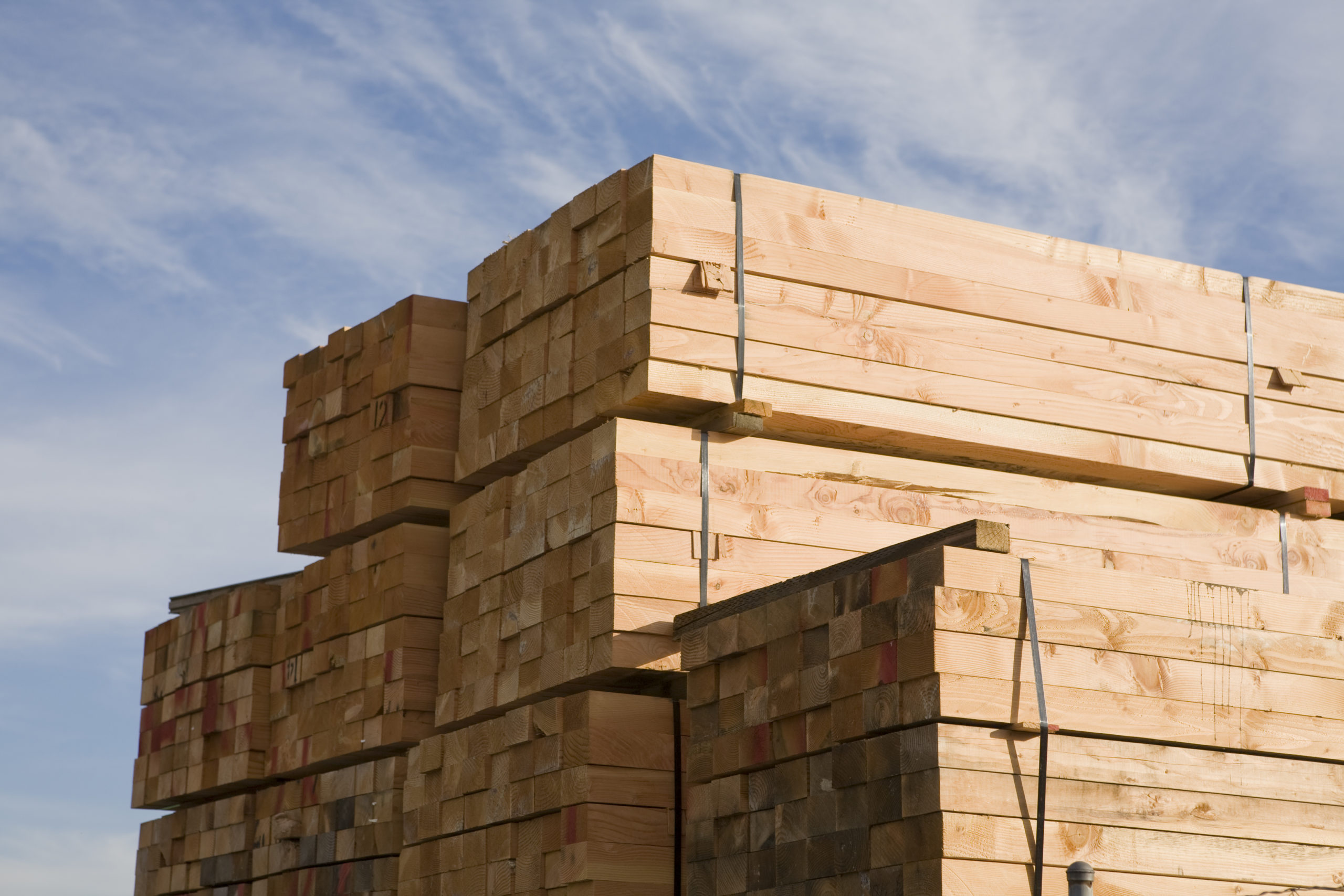
We know that the homebuilding industry has been facing some challenges with global material shortages. These supply issues have affected the homebuilding experience and what it means for you when building your new home.
While every home is different, they are all complex structures that require thousands of components and many different people involved in its construction. Without the required materials and workers in place, the home’s possession date can be up in the air. Homebuilders do everything possible to avoid this uncertainty for their customers. The consequences of the COVID-19 pandemic and a combination of other economic influences, however, have made this an ongoing challenge over the past year and a half.
Social distancing requirements, occupancy limits, lockdowns, and missed time due to COVID-19 positive tests or exposure have taken a toll on the supply chain for many materials used in a home. This includes lumber, plastics (used in switches), siding, components in faucets, and window PVC (Unplasticized Polyvinyl Chloride), among others.
As parts of the worldwide economy start to recover, manufacturers are faced with meeting pent-up demand and many have struggled to shoulder the hike in workload, all the while balancing shortages in both raw materials and labour.
Labour Shortages
Experts say dwindling access to workers has come in part from government programs offering short-term flexibility that has led people to acquire additional education and choose other careers. Other reasons include an improved economy offering more employment options, and senior workers suffering from COVID-restriction-related fatigue and exiting the workforce early.
Labour shortages have slowed the rate at which raw materials are extracted, and challenges around transportation have limited the ability for manufacturers to receive them in a timely manner and at the volume the market now demands.
In trucking, for example, furloughed employees, setbacks in collective bargaining, and a lack of backhaul have all slowed timelines. Furthermore, a spike in fuel costs have tacked on costs to transporting these materials.
Material Allocations
Raw material shortages have pushed manufacturers into setting up allocation systems, only allowing pre-determined volumes to be moved on to suppliers. This has left distributors with limited supply, restricting construction on things like new homes.
In combination with higher levels of market demand, the shortage has forced considerable increases in pricing. Unfortunately, in both the cost of a new home and construction timelines, these impacts trickle-down to the homebuyer.
Many homebuilders are now using supplies and processes that are not as time or cost effective as what has been used in recent years, just to keep construction moving to the best of their ability.
Shipping Delays
One source of the supply chain slowdown has come from Southern California. In part due to pandemic-related disruptions, key ports in this state are seeing record-breaking backups for cargo ships. Sometimes there can be more than 100 ships queued to unload thousands of containers at ports in Long Beach and Los Angeles.
Some components necessary for new home construction are waiting in these containers. This leaves suppliers short on inventory, creating a spike in demand, and soaring costs for companies, such as homebuilders, who purchase these products.

Lumber
An increase in material expenses grabbing news headlines this year has been the rising cost of lumber. Between May 2020 and May 2021, the cost per thousand board foot rose 432 per cent.
Earlier in 2021, the Canadian Home Builders’ Association said this upswing in lumber cost has added as much as $30,000 to the expense of a home.
In addition to COVID-related influences, lumber costs were driven by other economic factors, including production curtailments and mill closures caused by pine beetle infestations and major forest fires.
Other Rising Costs
Between May 2020 and May 2021 steel and aluminum prices have jumped 50 per cent and 73 per cent, respectively.
Resin, depending on the type, has increased by an average of 60 per cent year-over-year. Resin is essential for plumbing pipe and fittings, among other home building components.
What to Expect Moving Forward
Costs and availability of materials needed to build homes have already started to show a correction but not to pre-pandemic levels. Experts expect it will take until near the end of 2022 for these markets to be back on track.
Your homebuilder should be fully transparent with you. While they cannot be expected to know how the market will shift moving forward, they need to communicate what they do know. Feel free to talk about the market with them and ask how it may influence your new home.
About the author
Josh Skapin
Writer for the Calgary Herald, Alberta New Home Warranty Program, and Daily Oil Bulletin.
View LinkedIn Profile
